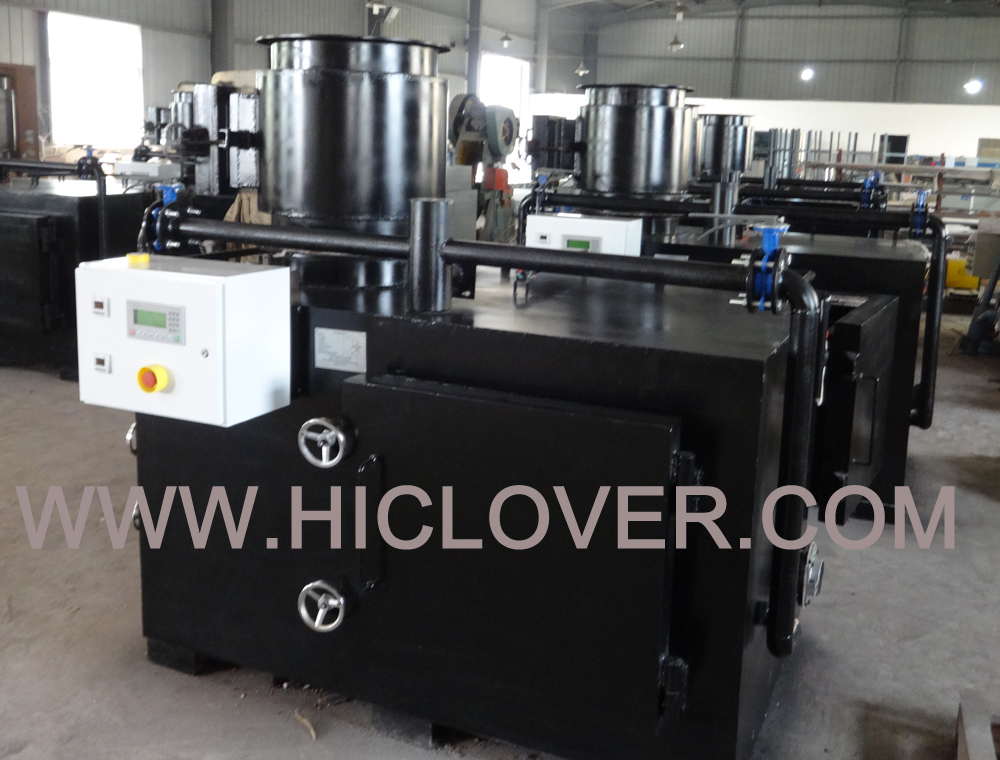Waste incineration has been a hotly debated topic in recent years, as communities and environmentalists grapple with the benefits and risks of this method of waste disposal. Proponents argue that incineration can help reduce the amount of waste being sent to landfill, generate energy, and lower greenhouse gas emissions. However, opponents raise concerns about air pollution, toxic ash, and potential health risks associated with incineration.
One of the key benefits of waste incineration is its ability to reduce the amount of waste being sent to landfill. With dwindling landfill space and a growing population producing more waste, finding alternative methods of disposal is crucial. Incineration can help alleviate the strain on landfills and extend their lifespan, ultimately reducing the need for new landfill sites.
Furthermore, waste-to-energy incineration has the potential to generate electricity and heat, providing a renewable energy source. This can contribute to a reduction in reliance on fossil fuels and lower greenhouse gas emissions, making it an attractive option for some communities looking to reduce their environmental impact.
However, opponents of waste incineration point to the potential risks associated with this method. One of the primary concerns is air pollution, as incineration releases various pollutants such as particulate matter, nitrogen oxides, and heavy metals into the atmosphere. This can have negative impacts on air quality and human health, leading to respiratory problems and other health issues for nearby communities.
Additionally, the toxic ash produced by incineration contains heavy metals and other harmful substances, posing a risk to the environment and human health if not properly managed. There are also concerns about the potential for dioxins and other organic pollutants to be released during the incineration process, further contributing to environmental and health risks.
In light of these concerns, the debate over waste incineration revolves around finding a balance between the benefits and risks. Proponents argue that advancements in technology and regulations can mitigate the environmental and health impacts of incineration, making it a safe and viable option for waste disposal. They point to examples of successful waste-to-energy facilities that have implemented strict emission controls and ash management systems to address these concerns.
Opponents, on the other hand, advocate for alternative waste management strategies such as recycling, composting, and waste minimization to reduce the reliance on incineration. They emphasize the importance of reducing waste at the source and finding sustainable solutions that prioritize environmental and human health.
Ultimately, the debate over waste incineration is multifaceted, involving considerations of waste management, energy production, environmental impact, and public health. Finding a balance between the benefits and risks of incineration requires careful analysis of the latest scientific research, technological developments, and regulatory frameworks to ensure that waste disposal methods align with sustainable and responsible practices.
As communities continue to grapple with the challenge of managing an ever-increasing amount of waste, the debate over waste incineration will undoubtedly continue. Finding common ground and implementing responsible waste management solutions will be essential in addressing these complex challenges and shaping a sustainable future.



